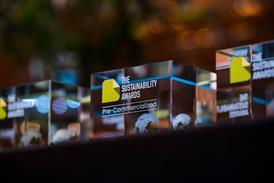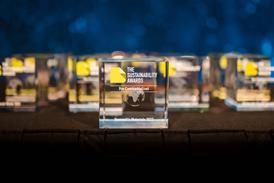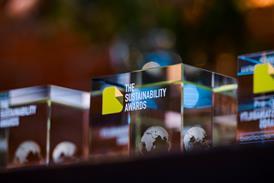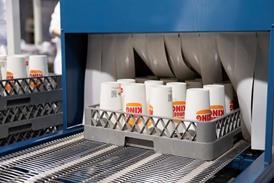
Beauty and wellness company Nu Skin has relaunched its ageLOC Tru Face line with packaging designed to cut down on waste, lower carbon emissions and utilize recycled materials.
Based on estimated global sales, Nu Skin anticipates that by the end of 2025 its refill packaging systems will save 257.5 tonnes of glass and plastic while also eliminating 572 tonnes of emissions each year, compared to its prior single-use glass packaging. Key highlights of the updated packaging include refillable systems and packaging made from recycled materials.
The relaunch includes ageLOC Tru Face Essence Ultra Rich Cream in a refillable cartridge system with a recyclable inner cartridge, aiming to reduce single-use plastic and extend the product lifecycle, and ageLOC Tru Face Peptide Retinol Complex, packaged in a mono-material pump system with a refill cartridge made from 100% recycled materials, designed to minimize carbon emissions and waste.
The company’s ageLOC Tru Face Future Serum also uses a refill system, said to reduce packaging waste by 72% per refill and estimated annual packaging waste by 53%. The inner bottle is made from 100% recycled material, avoiding an estimated 56 tonnes of carbon emissions per year compared to Nu Skin’s prior packaging (based on projected global annual sales).
According to Nu Skin, the refill pouch for the ageLOC Tru Face Essence Ultra serum is reportedly 3.4 grams (31 times lighter than the glass jar) and has reduced packaging material use by 96.8%. The use of these refills saves an estimated 11.8 tonnes of glass annually, with beads that fully dissolve in water to eliminate waste. In addition, the new packaging for the ageLOC Tru Face Radiant Day SPF lotion now uses 24% recycled materials.
In related news, Amcor helped Bulldog Skincare implement over 62% post-consumer recycled plastic into its tubes and reduce their sleeve thickness by almost 17% – a move set to save around 8.5 metric tonnes of plastic annually. The lighter-weight sleeves are said to remain compatible with the existing tube cap and shoulder to avoid disruptions in the filling process.
The same month, L’Oréal encouraged consumers to save between 60% and 82% of plastic per refill by adopting its refillable hair care, skincare, and fragrance packaging formats. One refill of its Lancôme La Vie Est Belle Elixir fragrance is said to save 73% glass, 66% plastic, and 61% cardboard compared to two 50ml bottles.
If you liked this story, you might also enjoy:
The ultimate guide to the Packaging and Packaging Waste Regulation in 2025
How are the top brands progressing on packaging sustainability?
Everything you need to know about global packaging sustainability regulation in 2025
The key to increasing the use of reusable packaging in supermarkets












No comments yet